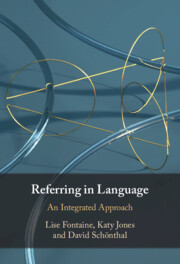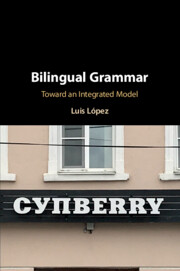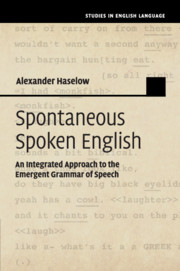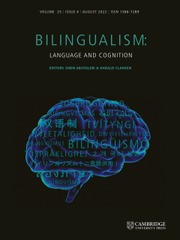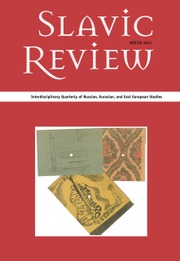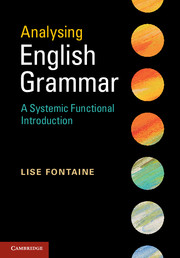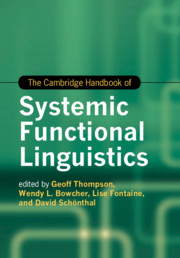Referring in Language
Referential expressions include terms such as determiners, proper names, noun phrases, pronouns, and all other expressions that we use to make reference to things, beings, or events. The first of its kind, this book presents a detailed, integrated account of typical and atypical uses of referential expressions, combining insights from discourse, cognitive, and psycholinguistic literature within a functional model of language. It first establishes a foundation for reference, including an overview of key influences in the study of reference, the debates surrounding (in)definiteness, and a functional description of referring expressions. It then draws on a variety of approaches to provide a comprehensive explanation of atypical uses, including referring in an uncollaborative context, indefinite expressions used for definite reference, reference by and for children, and finally metonymic reference with a special focus on metonymy in medical contexts. Comprehensive in scope, it is essential reading for academic researchers in syntax, discourse analysis, and cognitive linguistics.
- Develops an accessible progression from the foundations of reference to typical uses of reference leading to a detailed analysis of atypical, or unconventional and creative, uses of referring expressions
- Provides real-life examples of typical and atypical uses of referring expressions, for example from professional journalistic writing, children's literature, legal discourse, and medical contexts
- Offers an integrated approach to reference that combines lexico-grammatical description and cognitive-functional perspectives with insights from psycholinguistics
Product details
May 2023Hardback
9781107143470
256 pages
235 × 158 × 19 mm
0.51kg
Not yet published - available from February 2025
Table of Contents
- Part I. The Nature of Referring and Referring Expressions:
- 1. The multidisciplinary field of referring
- 2. The great debate: definiteness and indefiniteness
- 3. A functional grammar for referring expressions
- Part II. Typical Reference:
- 4. Typicality and atypicality
- 5. Referring in spontaneous discourse
- 6. Referring in prepared discourse
- Part III. Atypical Reference:
- 7. Referring in non-collaborative contexts
- 8. Indefinite expressions for referring definitely
- 9. Child's play
- 10. Reference and metonymy
- 11. Epilogue.

